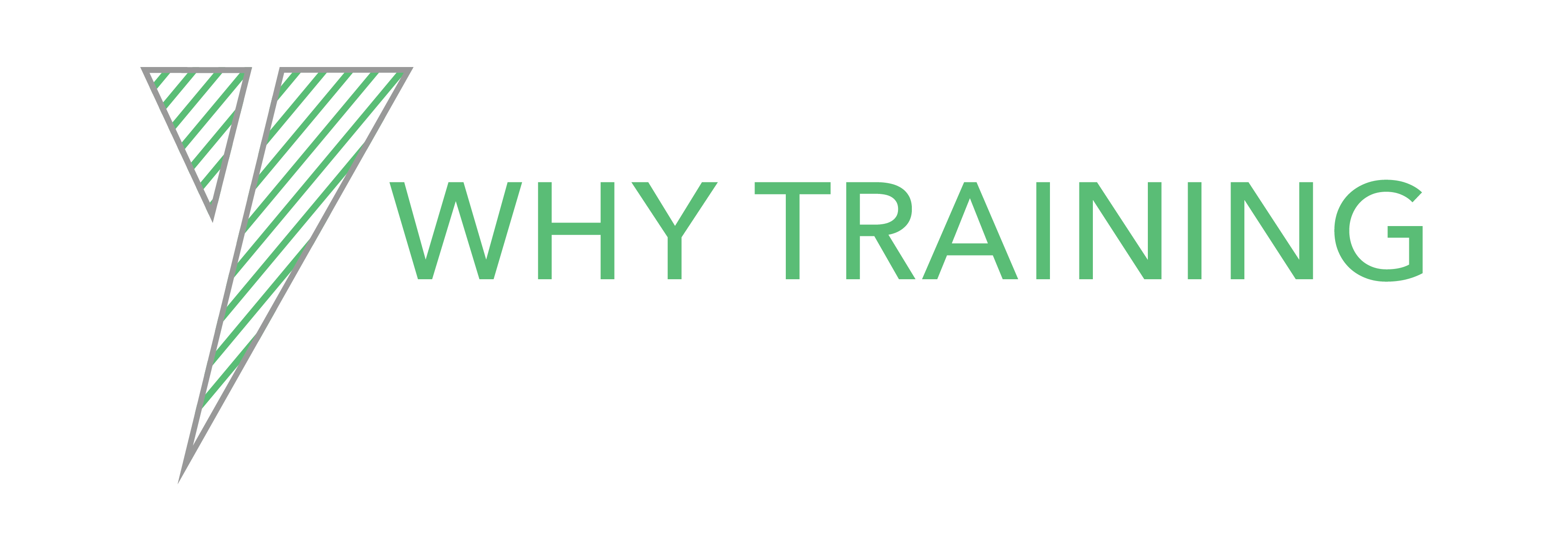Experience simulation, Artificial Intelligence, big data analytics, learning is certainly starting to move down paths (previously) less travelled. In this post Nadia Giaffar, Senior Learning Partner at Why Training reflects on what training providers can do today to be ready for tomorrow.
Are we adding value?
It’s an interesting time right now for L&D in many organizations. On the one hand, there’s a raft of new learning tools available, ripe for exploration and exploitation. But for some reason, most companies seem to be content with just rolling out the same delivery methods they’ve used since the nostalgic days of the flipchart.
The ‘Brave New World’ of learning we now find ourselves in owes less to the advent of technology and more to the ‘everybody has to earn their keep’ approach that seems to govern today’s business performance. If you don’t need a degree in data analytics to recognize the correlation between L&D spend and ROI, then perhaps L&D can finally be treated as key strategic partners? The challenge for L&D professionals of course is how to transition from being regarded as an ‘order takers to a ‘performance consultant’.
Get the environment right
Is it too bold a statement to say that we’re only as good as the learning we deliver? We’ve always attempted to provide engaging and beneficial sessions and programs, but now the appetite is for a more highly immersive, all-encompassing learning experience; ‘chalk and talk’ just isn’t gonna cut it anymore.
‘The Learning Organization’ has been an industry buzz word for some time. Those companies who fully embrace a culture of professional development and whose bottom-line results are testimony to its success.
In more established organizations it’s becoming apparent that L&D is rising to the challenge and has both hands on the wheel for the drive towards an immersive and enticing learning environment. As we continue to move in the direction of easily digestible learning nuggets, it’s our responsibility to ensure that relevant, cost-effective content is readily available to our learners.
If a learner struggles with a task and the support materials aren’t there at the time of need the development opportunity is lost. We need to develop a learning environment within our organizational structure that’s as robust and relied on as Google.
Just as upskilling and behavioral change have always been the mainstays of the corporate L&D function, we’re now seeing more emphasis being placed on the traditional line management roles of coaching, peer-to-peer learning, and mentoring. Sharpening the skills of those involved in these areas is however still very considered to be L&D’s responsibility.
With the Millennial generation becoming predominant in today’s workforce, providing a video-based learning resource akin to YouTube is to coin a phrase ‘a no brainer’
Let’s be honest here, L&D departments haven’t always done the best job at marketing their wares … attendance of a training session has typically either been a) mandatory, b) linked to some performance criteria or c) an excuse to get away from your workstation for half a day. Moving forward L&D has to become a lot slicker at attracting people who want to be there as opposed to having to be there.
What does the future look like?
Given that L&D needs to approach the future from a different direction, what roles are needed to be able to meet tomorrows learning requirements?
- Performance Champions – who can not only quickly identify and get to the root cause of a business issue but can develop effective and workable learning solutions that address the corporate skills gap.
- Learning Experience Designers – who can initiate the optimum learning environment, utilizing a blended mix of formal and informal training methods.
- Human Interaction Specialists and videographers – who can relate to the subject matter experts and express their knowledge and wisdom through the medium of video.
- Data Analysts– knowledgeable in the extraction of business-critical data, who are able to present their findings in such a way that their role becomes the ‘go-to’ for how the business will move forward.
The importance of transferable skills
Moving forward there will still be a demand for core skills such as learning developers. It’s true also that physical classroom sessions and workshops will still play a part in the bigger learning picture, and so too, almost by definition, the facilitators and presenters who relish being ‘front and center’.
That said, as we forge ahead towards on an ever more immersive blended journey, the skill set and attitude need to follow suit. The new learning environment needs the trainer to take more of a behind the scenes role, facilitating connections, curating new knowledge, and cultivating thoughts and ideas that promote learning.
They also need to be way more in touch with what makes the business tick, possibly a lot more so than they have in the past. They should be consciously aware of the impact they’re having on all the key business metrics, adopting an entrepreneur mindset and approach.
Perhaps most importantly they need to move away from the belief that training is merely a support function. They need the driven conviction of the analyst, always hungry for, and using insightful data on which to base their decisions.
Think digitally
Finally, the trainer will need to be able to transition seamlessly between the classroom, discussion forums, AR environment, video production platforms, and so on. bringing with them their development expertise but also stepping up to a higher level of technical savvy(ness) that has possibly been required in the past.
The transferable skills needed to succeed in tomorrow’s world falls into two distinct areas. The first being the ability to laser in on strategic corporate objectives. As the pressure builds on L&D departments to justify their existence, it will be of paramount importance that managers, in particular, focused on delivering meaningful business results.
The second core requirement is to be digitally competent with a comprehensive understanding of the nuances of learning. L&D is in the midst of a digital revolution, that has already transformed other sectors such as publishing and retail. It’s essential that as trainers we’re ready, willing, and able to embrace the future.
As learning moves from stand-alone events towards a digital blended journey, it’s essential that L&D professionals can slip effortlessly into the roles of trainer, marketeer, and business analyst.




